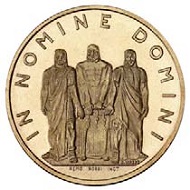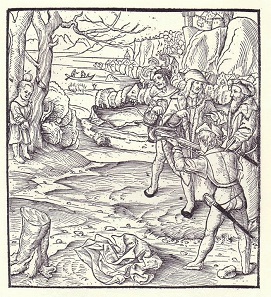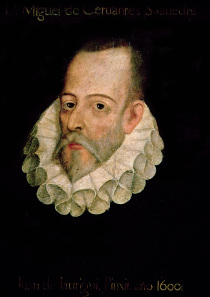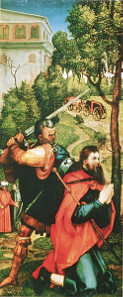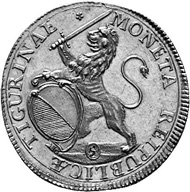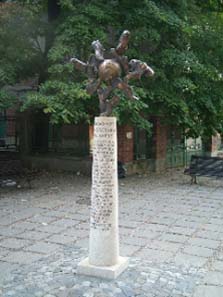Swiss gold coins for 25 and 50 francs – chapter 2: from circulation coin to coveted rarity and then to melting
Since 1955, the Swiss mint was striking coins on a large scale – and did not issue them after all. However, a small part of them became a wanted collectible. The rest was melted down. Read here, how it happened.




